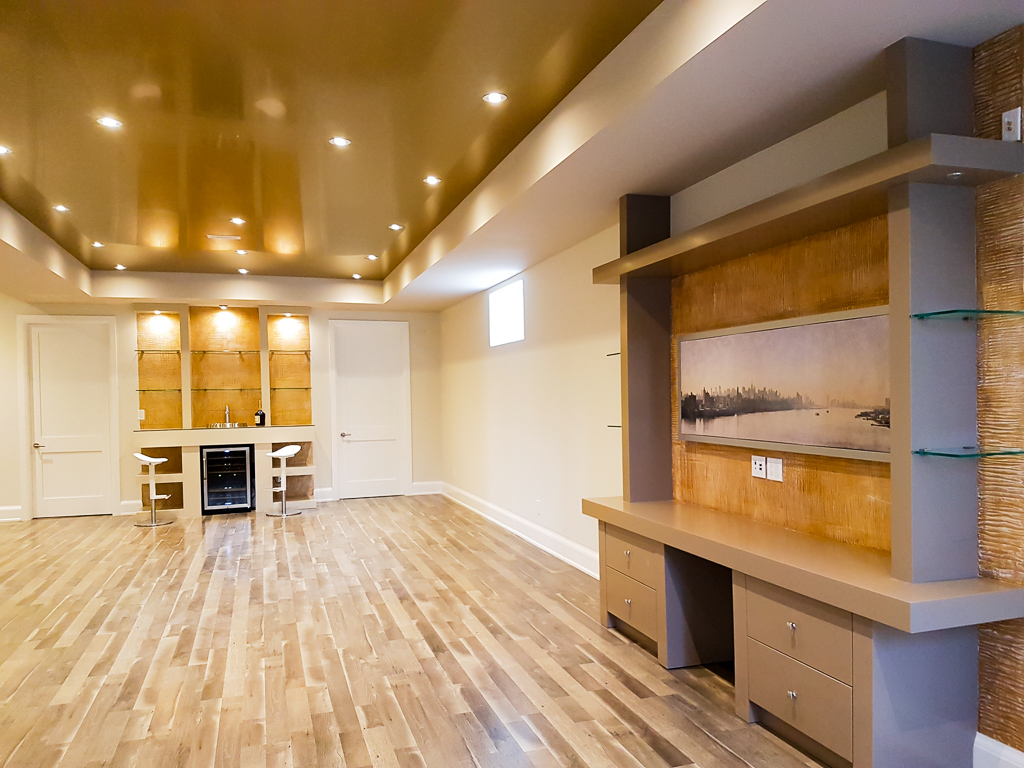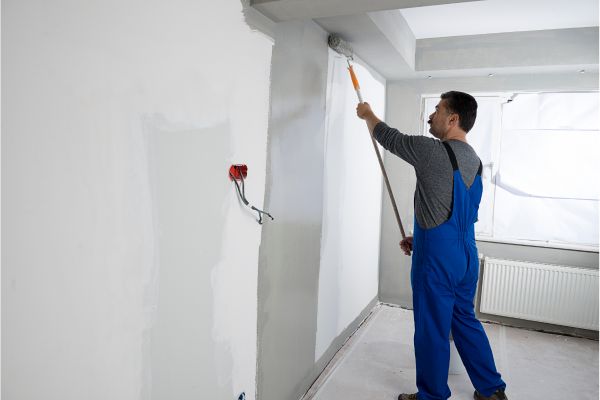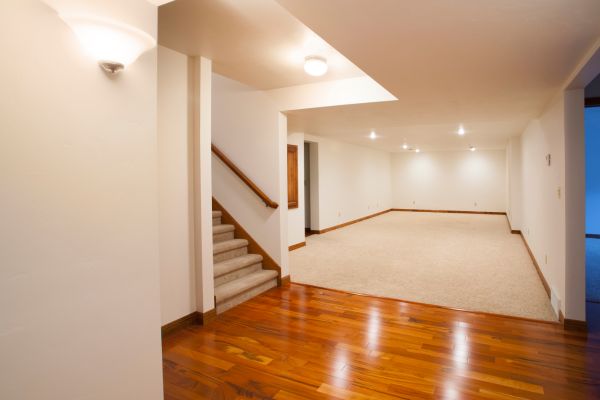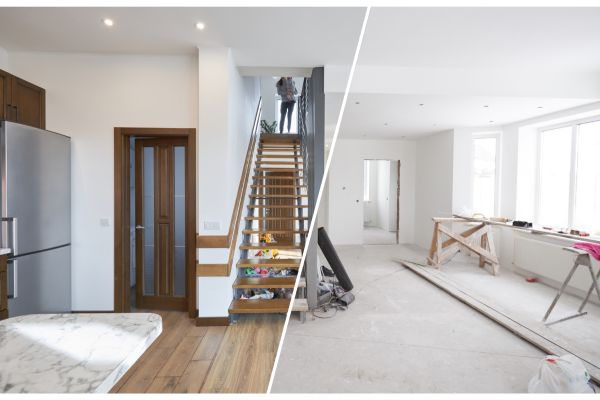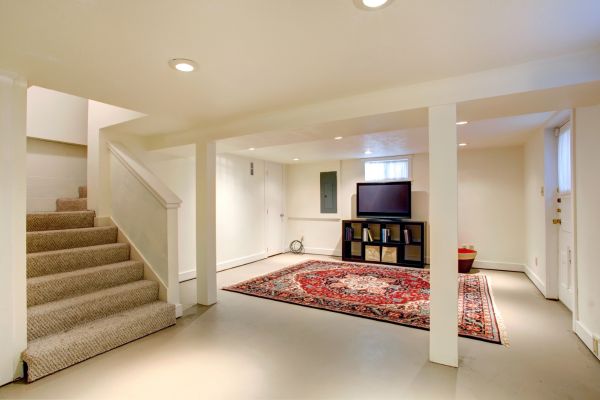Have you ever looked at your basement and wondered about the untapped potential it holds? Basements often serve as overlooked spaces, but with the right approach, they can be transformed into functional, inviting, and valuable additions to your home. In this comprehensive guide, we’ll walk you through the process of unlocking your basement’s potential through thorough planning, thoughtful design, and proper execution.
1. Assessing Your Basement’s Potential
Before diving into the exciting world of basement finishing, it’s crucial to assess your basement’s current state. Address any moisture issues, inspect the foundation for cracks, and ensure there are no potential hazards that could affect the safety of the space. If necessary, consider hiring a professional for a thorough inspection. Proper assessment sets the foundation for a successful basement transformation.
2. Planning Your Basement Layout
Imagine the possibilities: a cozy home theater, a home office, a guest suite, or even a mini-gym. To bring your vision to life, plan your basement layout carefully. Divide the space into functional zones that suit your needs, considering factors like lighting, ventilation, and code compliance. This step is where your creativity takes center stage.
3. Waterproofing and Insulation
Basements are susceptible to moisture, making waterproofing and insulation paramount. Explore various waterproofing methods, such as interior sealants and exterior drainage systems. Additionally, select appropriate insulation materials to maintain a comfortable environment while preventing energy loss. Adequate waterproofing and insulation ensure a dry, cozy basement year-round.
4. Electrical and Plumbing Considerations
When transforming your basement, it’s essential to plan for electrical and plumbing systems. Collaborate with professionals to ensure proper installation of outlets, fixtures, and wiring for entertainment systems. If you’re including a bathroom or kitchenette, factor in plumbing considerations. Thoughtful planning guarantees a safe and functional space.
5. Framing and Drywall Installation
Create defined spaces within your basement by framing walls. This step involves constructing the framework for rooms and other designated areas. Once framing is complete, install drywall to give your basement a polished look. Choose moisture-resistant materials to mitigate potential moisture-related issues.
6. Flooring Options for Basements
Selecting the right flooring for your basement is vital, as it withstands foot traffic and potential moisture. Consider options like vinyl, laminate, or carpet tiles. Each material offers unique advantages, from durability to ease of maintenance. Properly prepare the subfloor before installation to ensure a smooth, long-lasting finish.
7. Lighting and Ventilation Strategies
Basements often lack natural light, making lighting and ventilation strategies essential. Explore options like recessed lighting to brighten the space. Install a sump pump to manage moisture, and consider incorporating a dehumidifier for optimal air quality. Maximizing natural light through window placement or light paint colors can make the space feel more inviting.
8. Selecting Colors and Aesthetics
Choose colors and aesthetics that align with your design vision and complement the overall theme of your home. Consider lighter shades to visually expand the space, and choose a cohesive color palette that resonates with your style. Coordinated design elements tie the basement to the rest of your living space seamlessly.
9. DIY vs. Hiring Professionals
Deciding between DIY and hiring professionals depends on the complexity of your project and your skill level. While DIY can offer a sense of accomplishment and potential cost savings, some aspects, such as structural changes and electrical work, are best left to experienced professionals. Evaluate the scope of your project and choose the path that ensures quality results.
10. The Finishing Touches: Furniture and Decor
As the finishing touches come into play, think about how furniture and decor will enhance the functionality and ambiance of your basement. Opt for space-saving furniture, such as foldable tables and modular seating, to maximize the available area. Personalize the space with decor items that reflect your personality and style.
Takeaway
Transforming your basement from a neglected space to a valuable asset requires careful planning, attention to detail, and a touch of creativity. By assessing your basement’s condition, planning a functional layout, and incorporating essential elements like waterproofing, insulation, and proper lighting, you can unlock its full potential. Whether you opt for a DIY approach or seek professional assistance, the rewards of a finished basement are well worth the effort. Start your journey today and watch as your basement evolves into a space you’ll love to spend time in.

